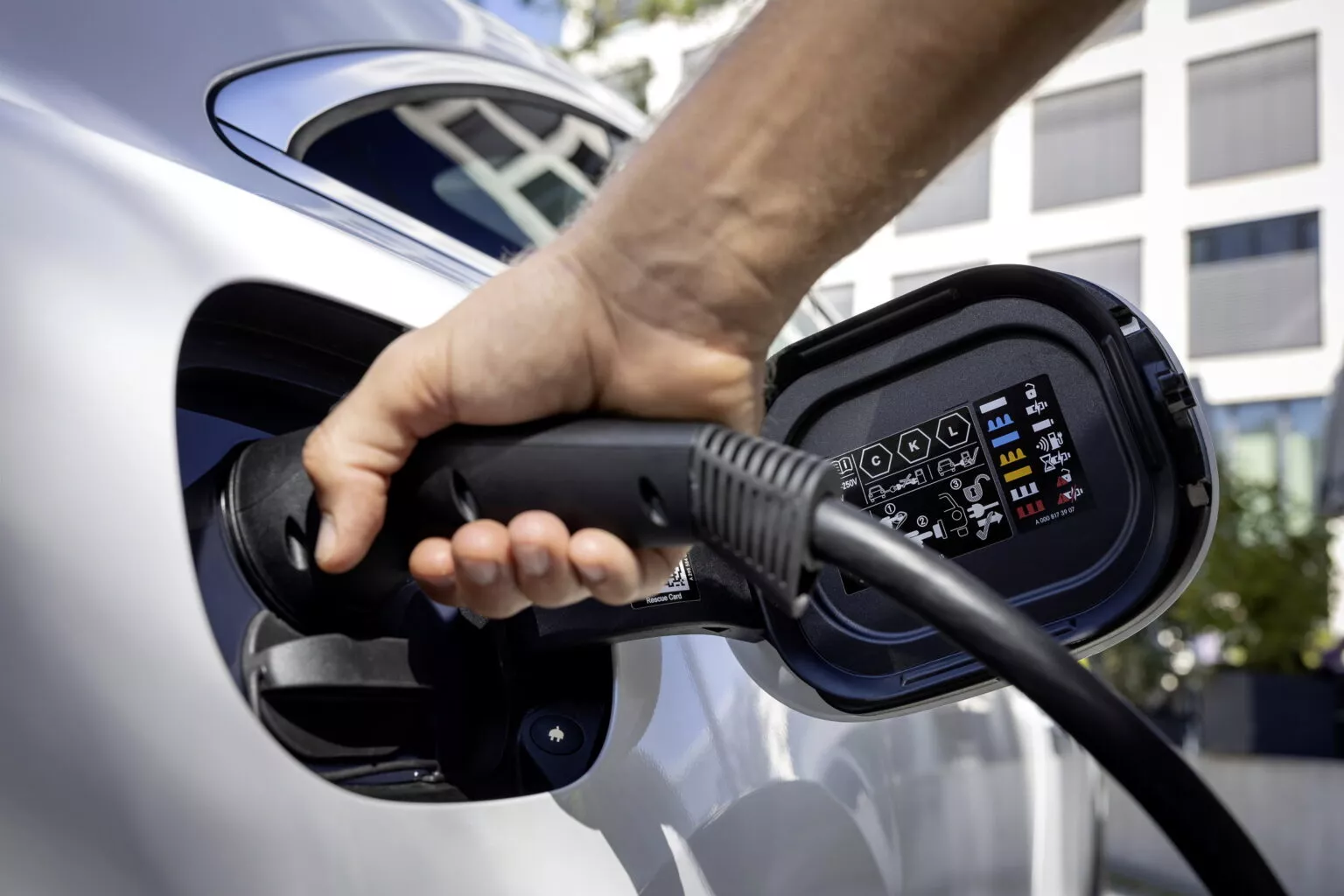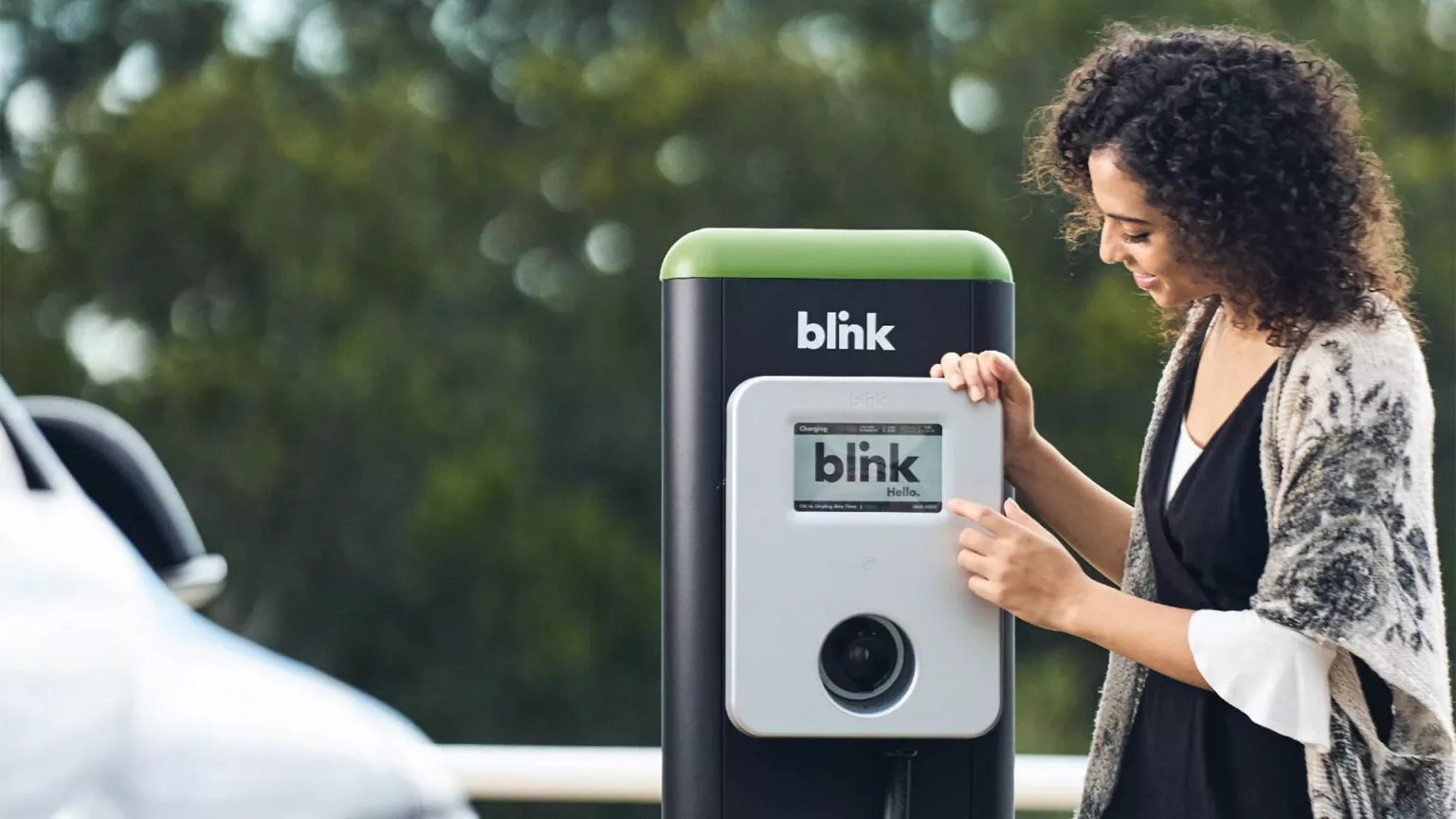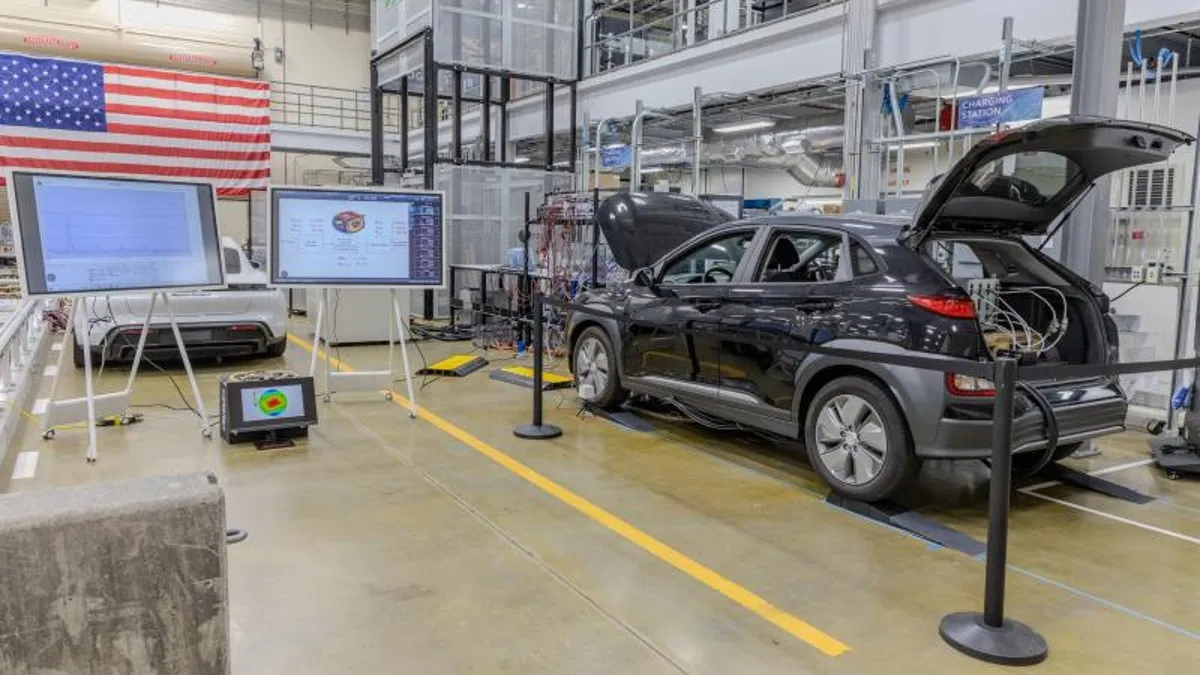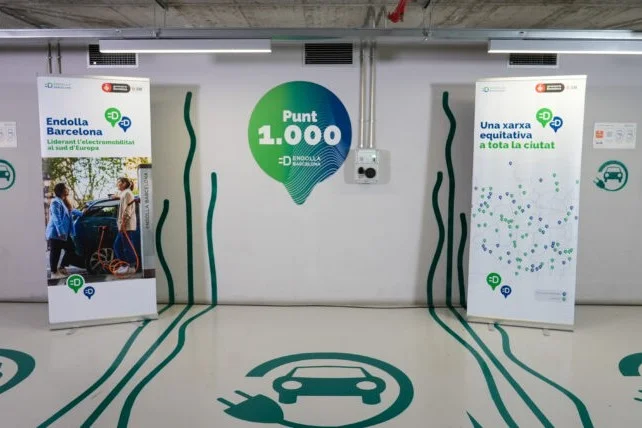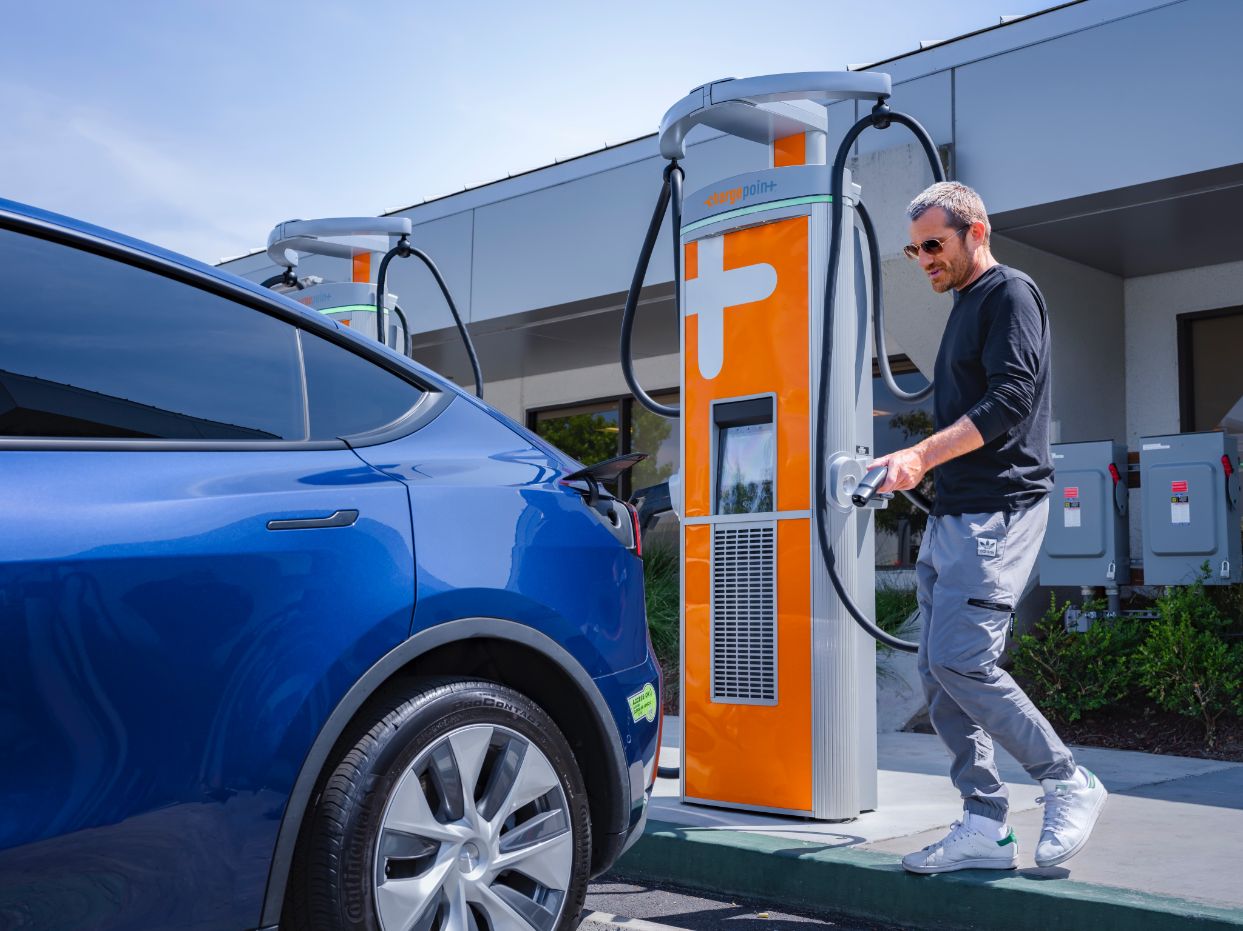The US Treasury Department has released updated guidance on the eligibility criteria for claiming the EV charger tax credit, providing crucial information for individuals and businesses as tax season approaches.
When the Inflation Reduction Act was enacted in August 2022, it introduced a tax credit of up to 30% of the cost of qualified EV charging “property.” This modification eliminated the previous per-site limitation and now applies on a per-charger basis, significantly expanding the potential benefits for EV infrastructure development.
See also: U.S. Retailers Could Boost EV Adoption with More Charging Stations
Under the new guidance, individuals claiming the tax credit for home EV charging are limited to a maximum credit of $1,000, while businesses can claim up to $100,000 per charger, a substantial increase from the previous limit of $30,000. This change took effect on January 1, 2023.
One key aspect of the updated guidance is the requirement for individuals and businesses to be located in an “eligible census tract” to qualify for the tax credit. An eligible census tract is defined as any population census tract that qualifies as a low-income community or is not an urban area.
See also: U.S. Charging Station Network Poised to Surpass 500,000 Goal by 2030, White House Affirms
According to the White House, approximately two-thirds of Americans live in eligible census tracts, making them eligible for the tax credit. To help individuals and businesses determine their eligibility, the US Department of Energy and Argonne National Laboratory have released a mapping tool, although it’s important to note that this tool is not formal IRS guidance.
Albert Gore III, executive director of the Zero Emission Transportation Association (ZETA), highlighted the importance of the 30C tax credit in accelerating the transition to electric vehicles. He noted that there are now 170,000 publicly available EV chargers across the country, but to meet the Biden Administration’s goal of deploying 500,000 public chargers by 2030, the 30C tax credit must be effectively implemented.
The tax credit can also be claimed through direct pay, allowing eligible entities such as governments and tax-exempt organizations to benefit from investments in EV infrastructure. As the deadline for filing taxes approaches, individuals and businesses are advised to consult with a tax professional to confirm their eligibility and take advantage of the tax credit.

